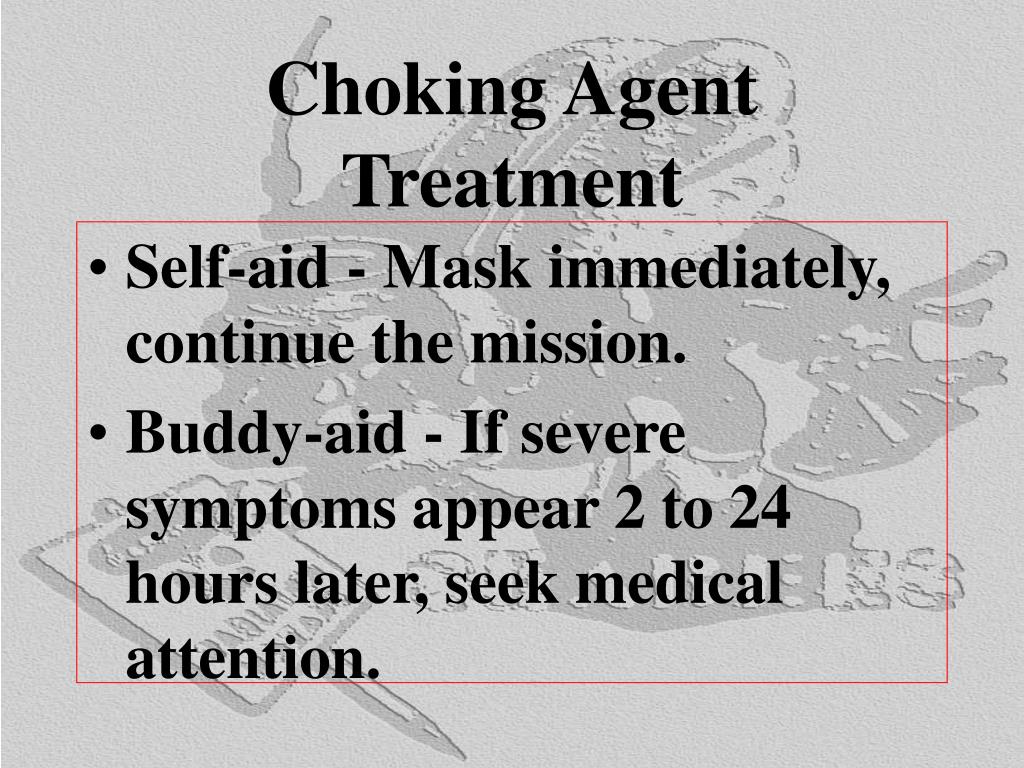

A class will be particularly helpful for learning how to assist others-for example, the Red Cross recommends back blows first when someone else is choking, and then follow with abdominal thrusts. That’s the basics of it, but if the motion makes you nervous consider signing up for a Red Cross class to get the first aid procedure down. This will exert pressure on the bottom of the diaphragm, which compresses the lungs and forces the remaining air to push up through the trachea-hopefully with enough pressure to dislodge the food. Push as hard as you can in a quick motion straight into the area. Then place your other hand on top of that. Make a fist with one hand and put the thumb side between your belly button and rib cage, Dr. Yes, it’s the same action you’d use to help someone else choke, but you’d be doing it on yourself. Try to cough as forcefully as possible, like you do when you’re trying to hack up mucus when you’re sick.ĭon’t drink any water to try forcing the food down-that can actually make it worse, Dr. If you can cough or make any sound, that’s good news: Your airway isn’t completely blocked off, so you have a shot at coughing it out. Follow these steps to save yourself from choking when you’re all alone. Irreversible brain death occurs in about 10 minutes.īut try to keep calm and act fast-your life depends on it. But if you don’t get the obstruction-the food-removed within four to six minutes, your brain can start to suffer serious damage. See your dentist regularly.Oxygen stored in the lungs can keep you alive for several minutes if your breathing is blocked. Always swallow before you take another bite.Eat only when you're alert and relaxed.Try these tips to avoid aspiration when you swallow: Over time, aspiration can also lead to dehydration, malnutrition, and weight loss, as well as higher chances of other illnesses. Chest pain when you cough or take a deep breath.Without treatment, they can become dangerous. For example, aspiration pneumonia is a lung infection that causes inflammation and buildup of fluid. The catheter has sensors to measure the pressure in your throat and esophagus when you swallow.Īspiration can lead to more severe issues like infection and tissue damage. With your nose numbed, a technician puts a tube called a catheter through it and into your throat. A camera inside it takes pictures while you swallow saliva, food, and liquids. They put a thin, flexible tube called an endoscope through it and into your throat. Fiber-optic endoscopic evaluation of swallowing (FEES).A technician takes X-rays of your throat and esophagus while you swallow foods and liquids that have been mixed with a chemical called barium. It has a tiny camera to take images of the insides of your lungs.

Your doctor gives you medicine to relax and puts a thin tube called a bronchoscope down your throat. These can give your doctor an image of how much material you’ve breathed in. They may also recommend that you see a specialist called a speech-language pathologist, who can check for problems with your swallowing muscles. They might look closely at your mouth and cheeks. Your doctor will ask about your symptoms and do a physical exam. Breathing that speeds up or stops while feeding.Red face, watery eyes, or grimacing while feeding.




 0 kommentar(er)
0 kommentar(er)
